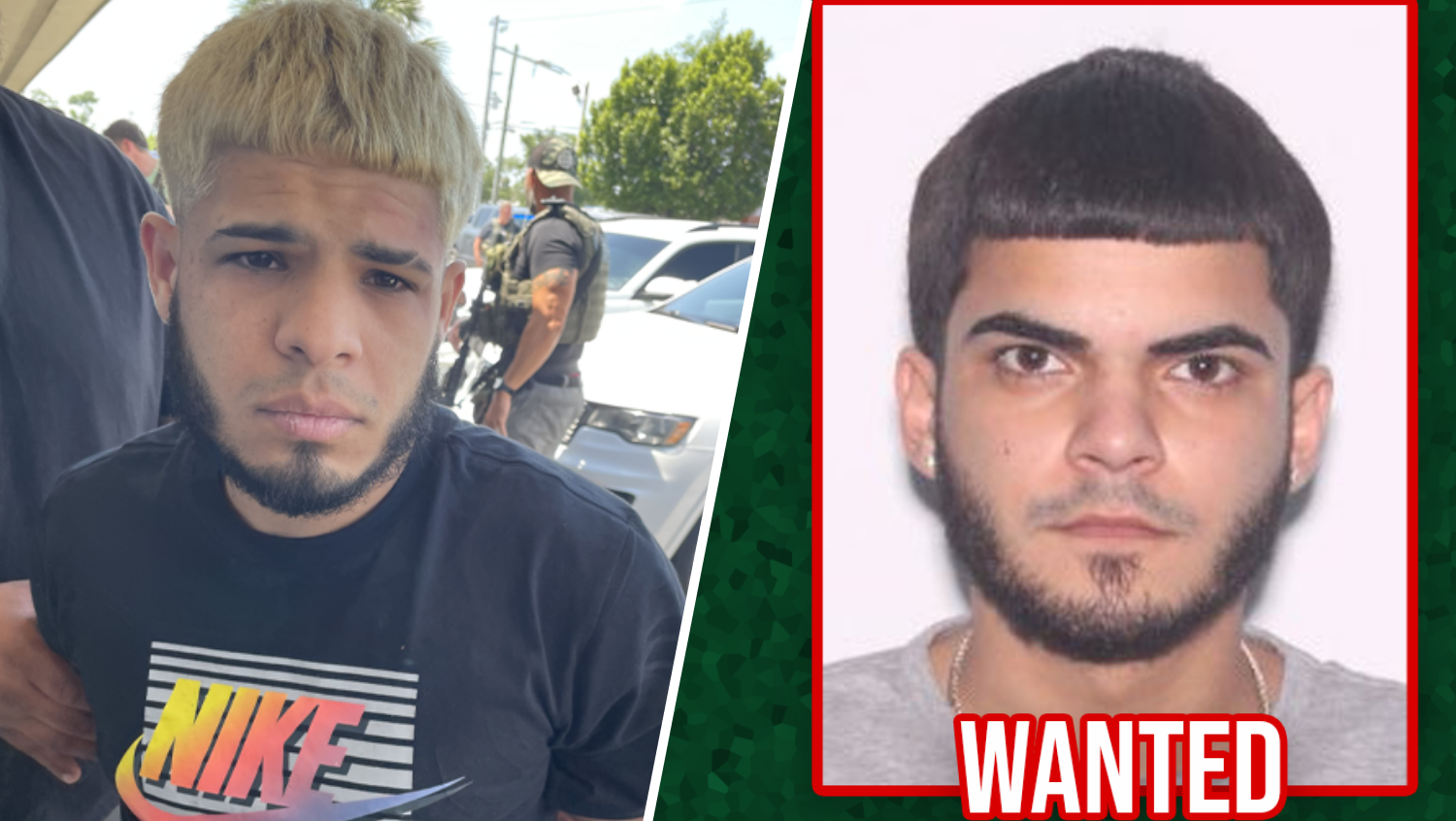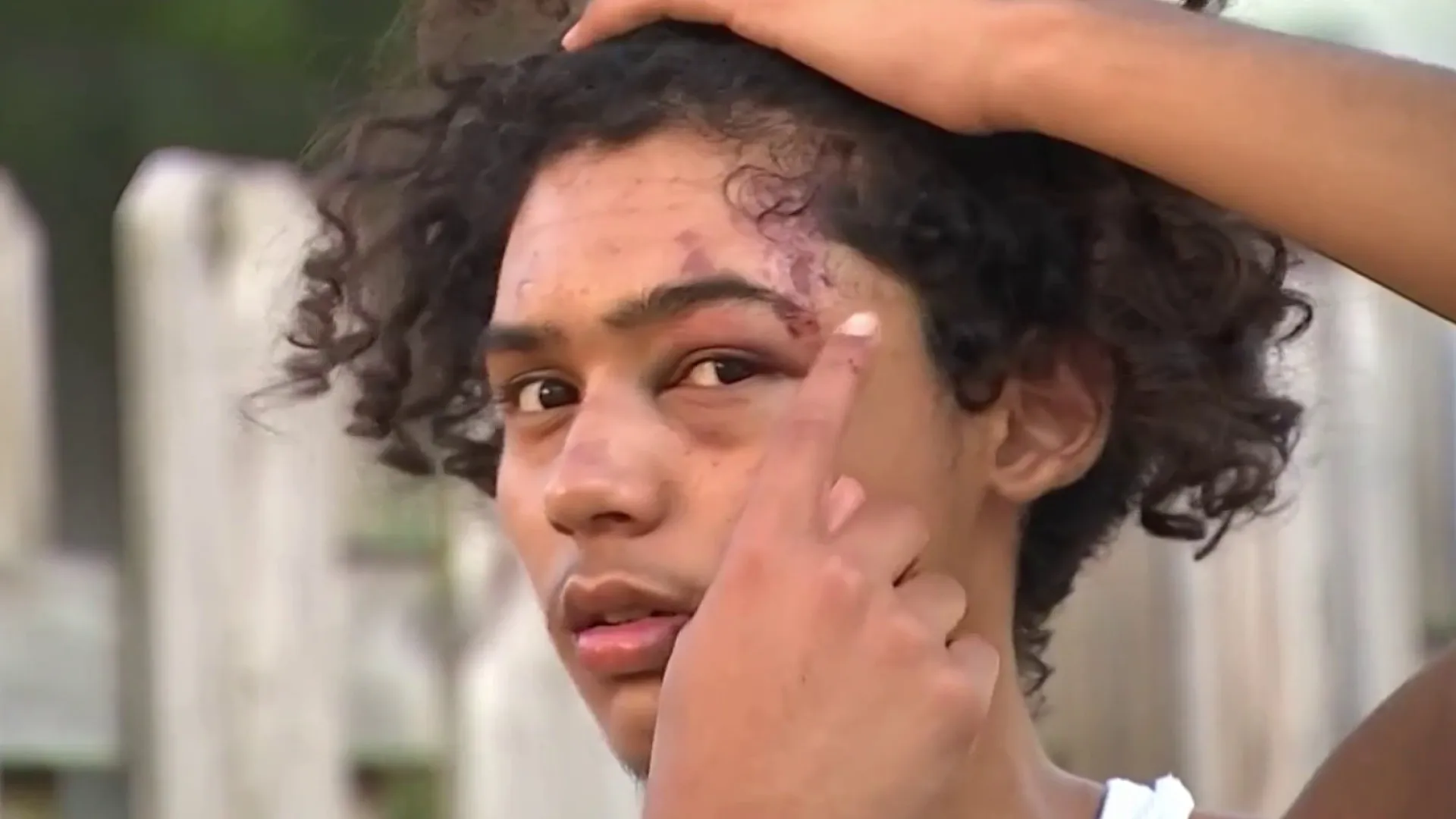The drug dealer's plan is to flood South Florida with cocaine, marijuana, fentanyl, and opioids. For them, it brings in big money. But the U.S. Customs and Border Protection Officers have other plans, and their plans include a raging wall of fire. It's an inferno to forever rid the seized drugs the officers have their hands on from making it to communities in our region, and beyond.
CBP officers exclusively took NBC 6 to a place that only a handful normally get to see. It's where the drugs are tossed into a fire and come out on the other side as ashes. Every month the furnace is fired up and the CBP burns about 8,000 lbs. of confiscated drugs that are no longer needed as evidence.
Chief CBP Officer Phillip Spataro is one of the few people who are part of the secret process.
"All the drugs that we dumped in the destroyer, it'll go through a conveyer belt, and it'll go through a burner, and incinerator," Spataro explained. "I think it's about almost 3,000 degrees."
The drugs being set on fire come from a variety of places. The U.S. Coast Guard intercepts some at sea, others are seized at South Florida airports and seaports. The CBP officers told us many of the drugs are also coming here through the old school means: postal mail.
"We also get a big bulk of our mail from China, which is where we see a lot of our narcotics coming from nowadays," Spataro said.
After the legal cases involving the confiscated drugs are over, the packs of cocaine, marijuana, opioids and fentanyl are set aside and held until it's their day for the journey to the furnace.
Local
The NBC 6 Investigators have shown you the devastating impact illegal opioids, fentanyl and cocaine are having on South Florida. More than 2,000 people died from overdoses in Miami-Dade and Broward counties over the last 30 months. Officer Spataro points to one of drugs as the worst.
"A lot of people are dying from fentanyl overdoses," he said.
Our NBC 6 cameras captured the fentanyl stored in clearly marked buckets warning of the hazardous conditions. Just a small amount of it can kill you. The CBP officers on duty wore surgical masks.
"This process here is a very hazardous process. Once we get here, we have to make sure we have precautions," Spataro said.
There is also a list of other safeguards for the operation. Customs and Border Protection told us very few of its own officers are aware of the holding facility locations and exactly where the drugs are burned.
As the drugs are moved to the burn facility, CBP officers don tactical gear and carry assault rifles. Anyone thinking of trying to get their drugs back before they go up in flames would face numerous well-armed officers.
At the end of the day, if the drugs go up in flames, they can't turn a life into turmoil.
"The importance is keeping this stuff off the streets," Spataro said.



